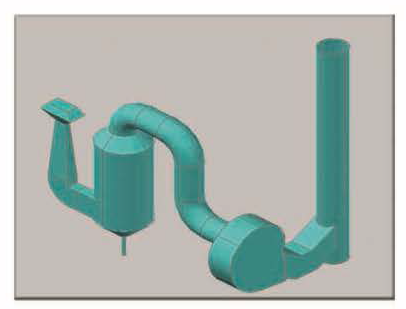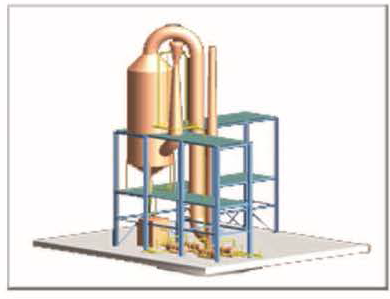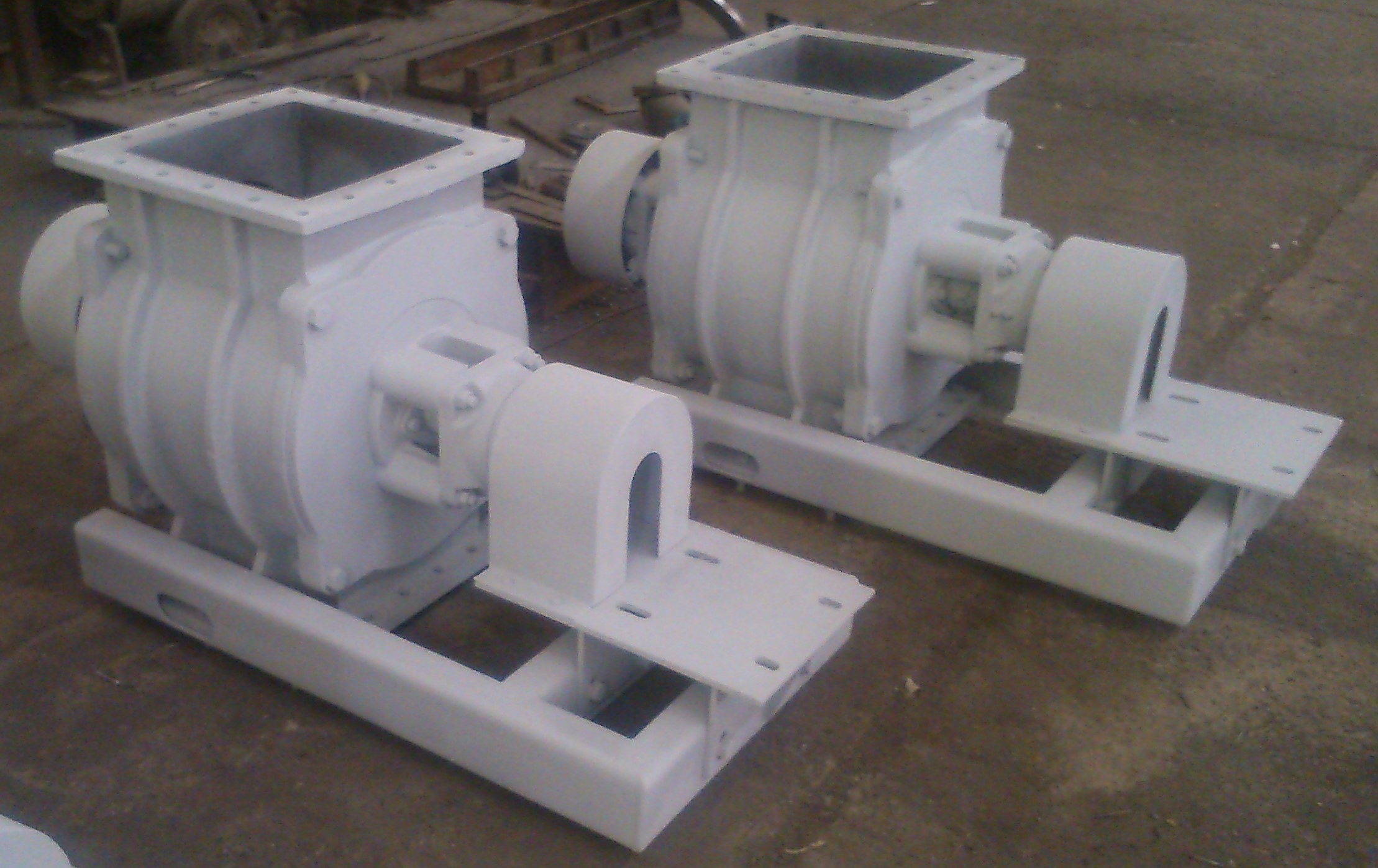
About Air Pollution Control Center
Download Catalogue & Contact Info
Products











.jpg)





.jpg)

-en.jpg)






.png)














Air pollution Control Center Services
- Design and manufacturing dust collection systems in order to decrease the pollution of industries according to environmental standards
- Study ,analysis and propose the solutions of existing dust collection systems for retrofitting them
- Study ,analysis and propose the solutions to upgrade dust collection systems manufactured by other companies
- Process study to present the problems
- Audit, consultant and supervision services
- Dust collection systems maintenance services


